Manual Metal Arc (MMA) welding, also known as Shielded Metal Arc Welding (SMAW), is one of the most commonly used welding processes in various industries due to its versatility, portability, and relatively low cost. A frequent question among welders, especially those working with specialized materials like stainless steel, is whether an MMA welding machine can effectively handle this task.
The short answer is: Yes, an MMA welding machine can be used for stainless steel welding — but with important considerations.
Understanding MMA Welding
MMA welding involves using a consumable electrode coated in flux to create an electric arc between the electrode and the workpiece. The heat from the arc melts both the electrode and the base metal, forming a weld pool that solidifies into a strong joint. The flux coating on the electrode vaporizes to form a protective gas shield and slag layer, which prevents atmospheric contamination of the weld.
This process is particularly popular in construction, maintenance, and field welding due to its simplicity and ability to work well in challenging environments such as outdoors or in windy conditions.
Why Stainless Steel Requires Special Attention
Stainless steel is a family of alloys known for their excellent corrosion resistance, high-temperature strength, and aesthetic appeal. However, these materials are more sensitive to heat input, thermal distortion, and metallurgical changes during welding compared to mild steel.
Improper welding techniques can lead to issues such as:
Cracking (especially near the weld zone)
Loss of corrosion resistance
Poor bead appearance
Brittle microstructures
Therefore, when using an MMA welding machine for stainless steel, several key factors must be carefully managed.
Choosing the Right Electrode
The most critical factor in successfully welding stainless steel with an MMA machine is selecting the appropriate electrode. Commonly used electrodes for stainless steel include:
E308L , E309L , and E316L – These are low-carbon variants designed specifically for welding austenitic stainless steels.
These electrodes have compositions that closely match the base material and contain alloying elements like chromium and nickel to maintain corrosion resistance and mechanical properties after welding.
Using a standard mild steel electrode (like E6013 or E7018) will not provide adequate corrosion resistance or mechanical performance in stainless steel applications.
Proper Settings and Technique
To ensure quality welds:
Current Type : Most stainless steel electrodes require direct current electrode positive (DCEP), though some may be used with alternating current (AC). Always check the manufacturer's recommendations.
Current Level : Too high a current can cause overheating, warping, and poor bead formation. Adjust the amperage based on electrode diameter and thickness of the base metal.
Arc Length : Keep the arc short to prevent excessive spatter and ensure good fusion.
Travel Speed : Maintain a consistent travel speed to avoid overheating and distortion.
Advantages of Using MMA for Stainless Steel
Despite being less common than TIG or MIG welding for stainless steel, MMA offers distinct advantages:
Portability : Ideal for on-site repairs where other systems might not be practical.
Cost-effectiveness : Lower equipment costs make it accessible for small shops or hobbyists.
Flexibility : Capable of welding in all positions and on dirty or rusty surfaces.
Limitations to Consider
While possible, MMA welding may not always be the best choice for stainless steel:
Lower productivity compared to semi-automatic or automatic methods.
Slag removal required between passes adds time and effort.
Less control over weld bead appearance , which can be important in architectural or decorative applications.
An MMA welding machine can be used for stainless steel welding , provided that the correct electrode is selected, proper welding parameters are followed, and the welder has sufficient skill. While it may not offer the same level of precision or finish as TIG or MIG welding, MMA remains a viable and often practical option — especially in repair work, field operations, or situations where portability and simplicity are key.
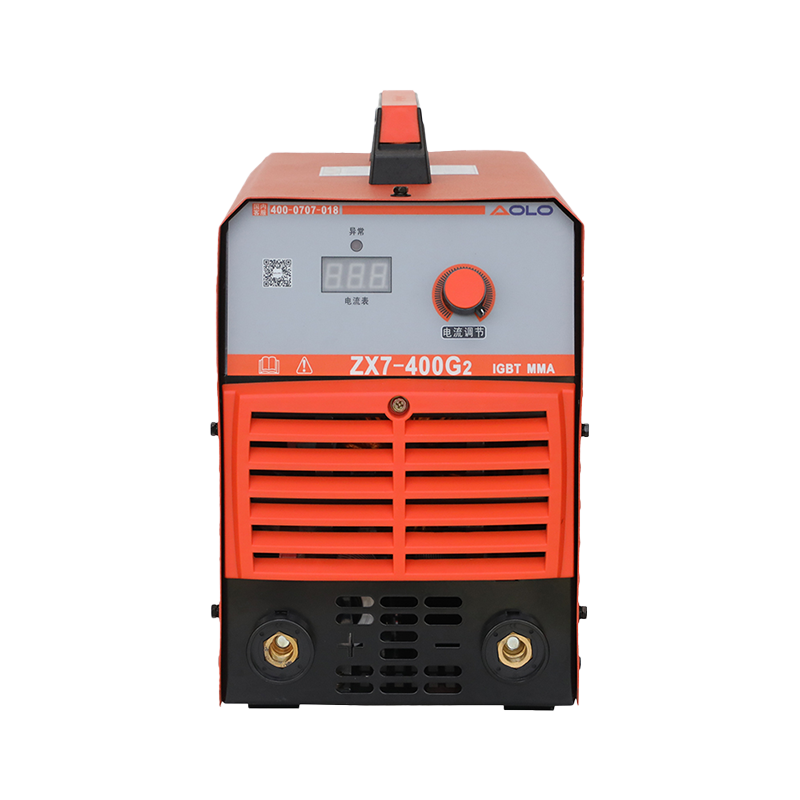



 English
English 中文简体
中文简体 Español
Español русский
русский

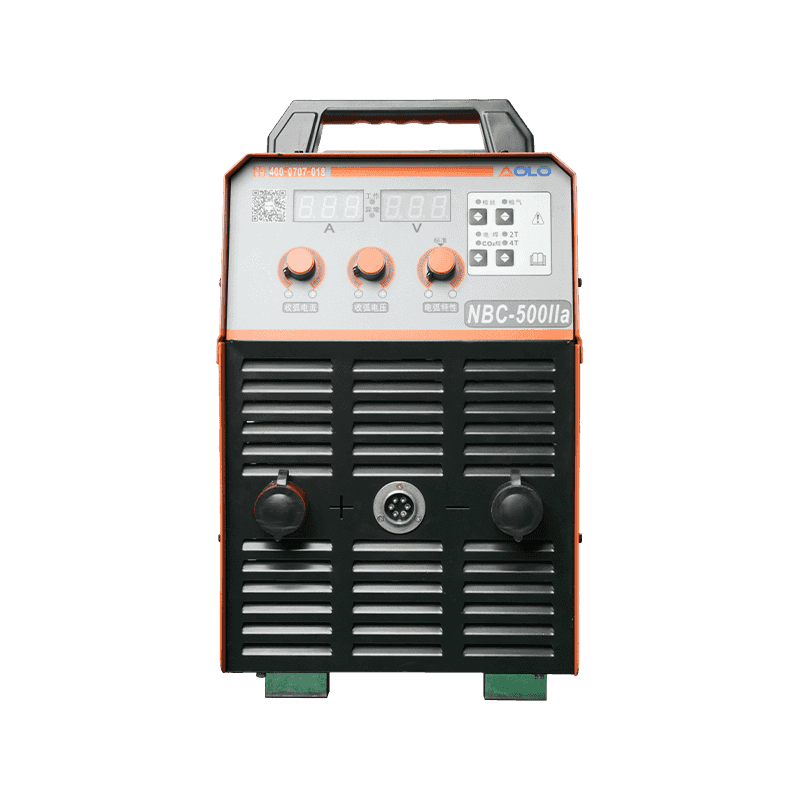
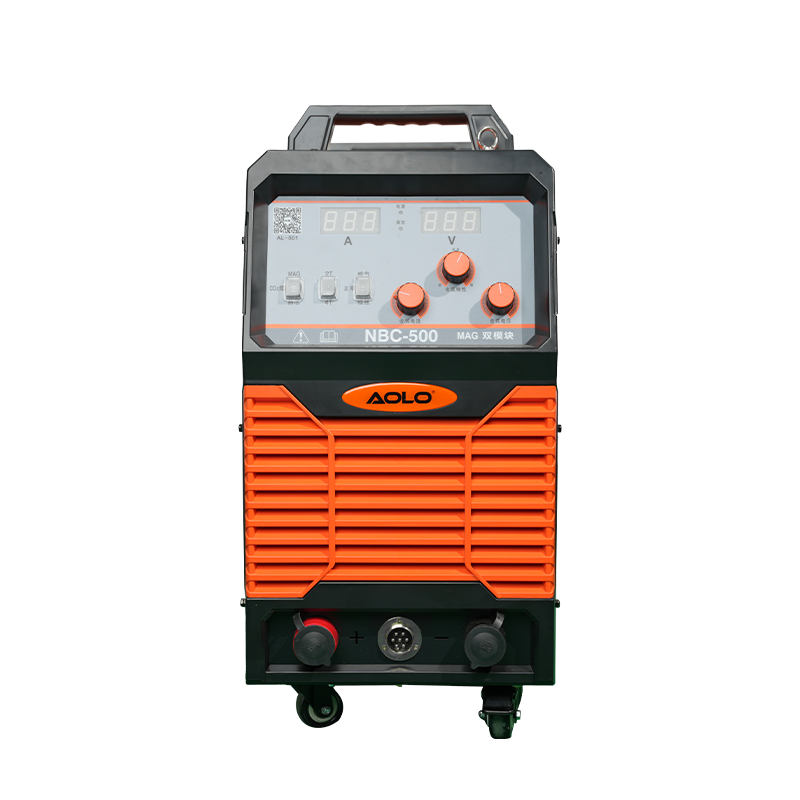
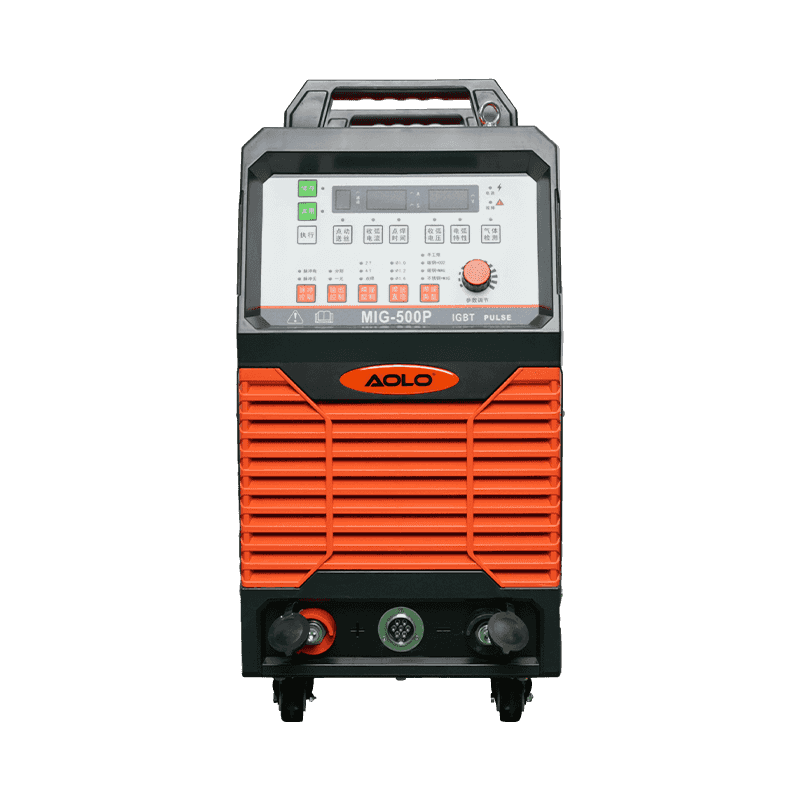
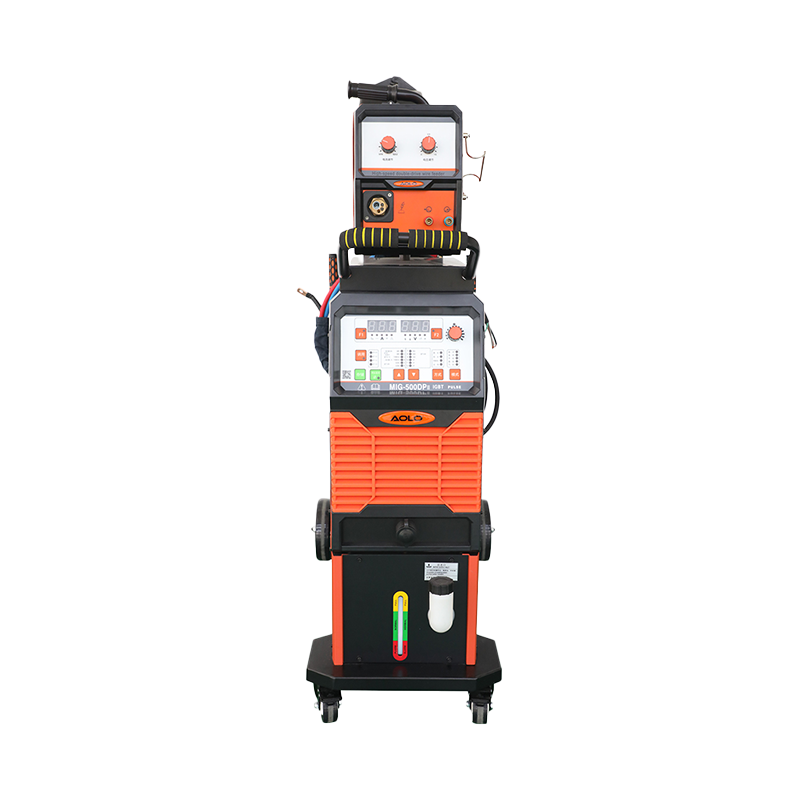
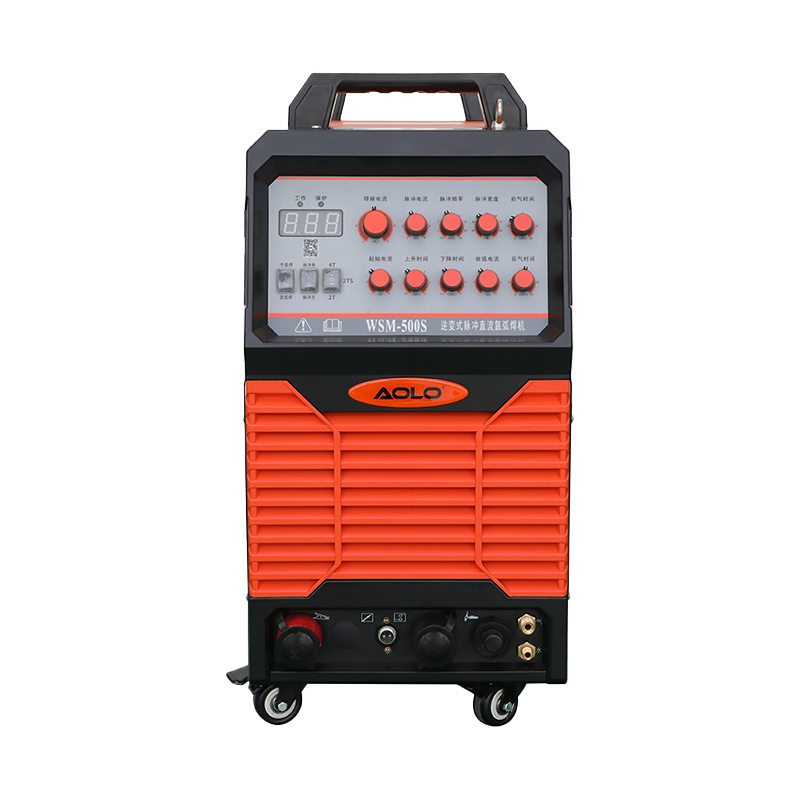
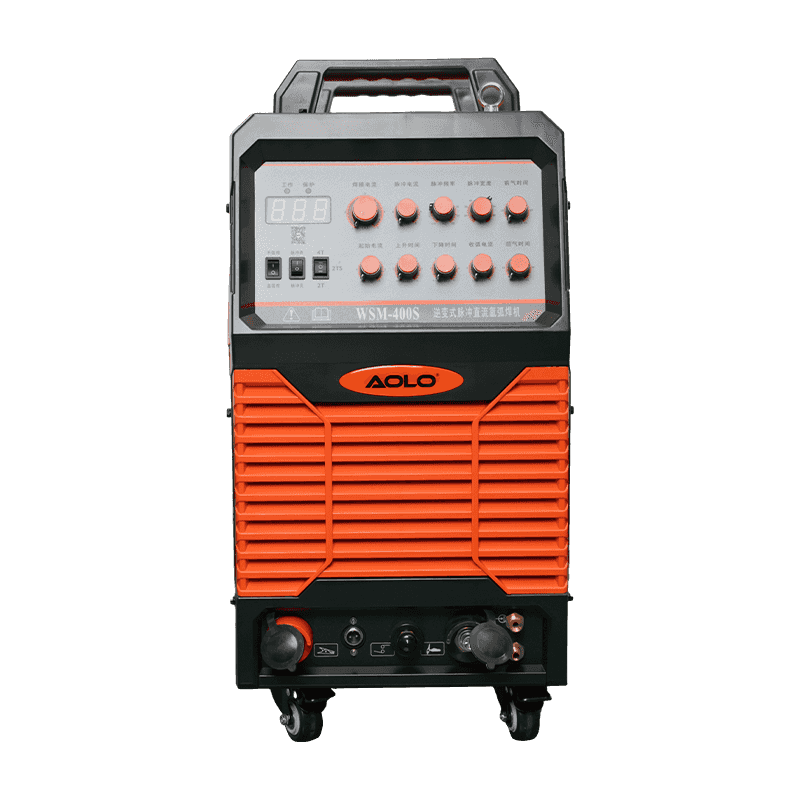
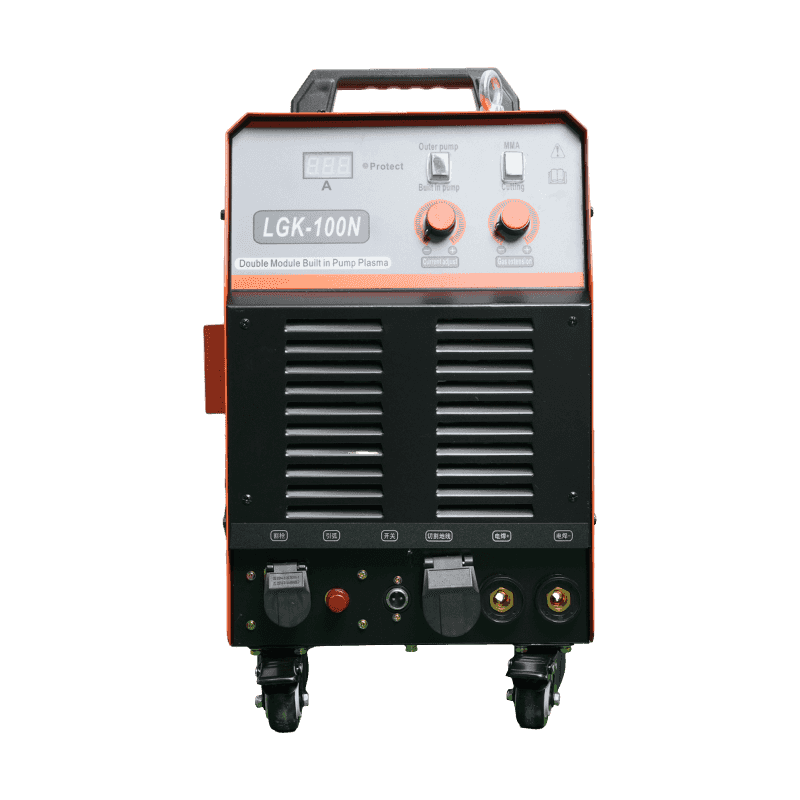


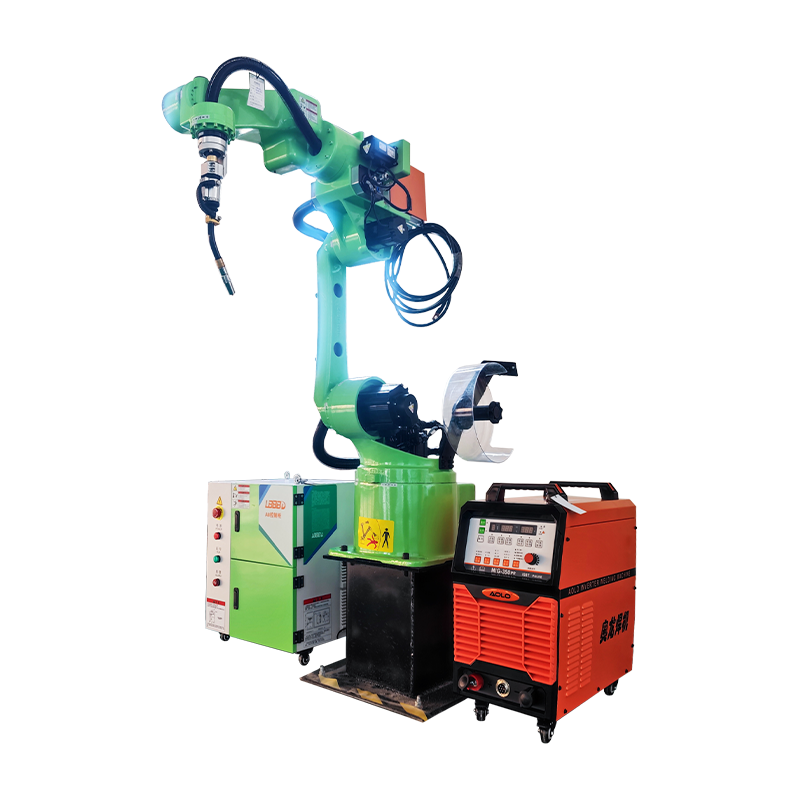







Contact Us